Domaine des Rabelles uses a growing method called “Bio-Active”®. The methodology developed is based on the following indications: observation of nature and its evolution cycles, and of the apparent requirements of the subsoil. The secret lies in the balance between the requirements of nature and that of production.
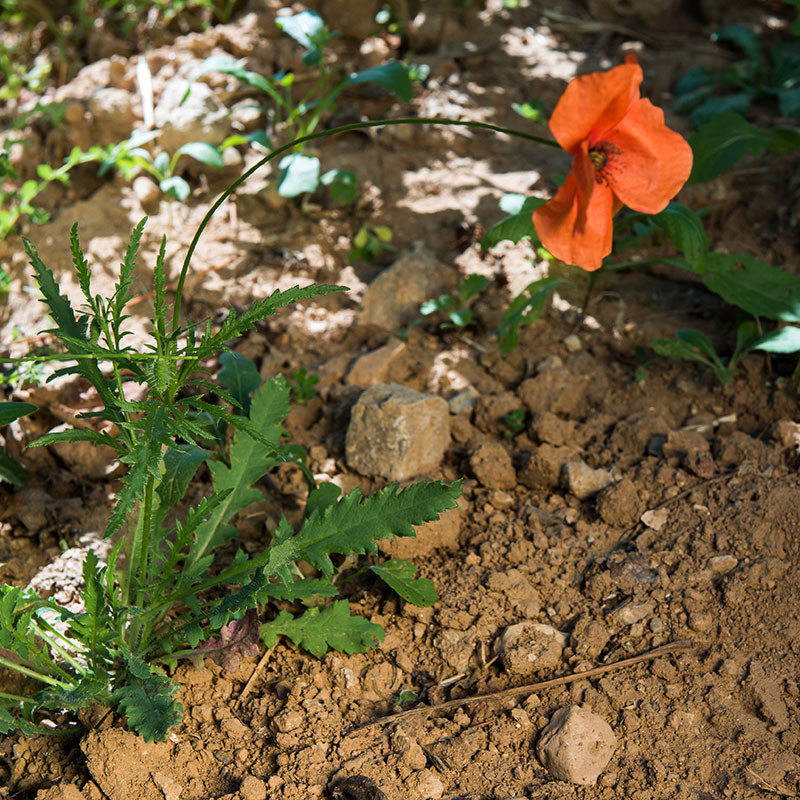
Tilling the soil has 2 main objectives:
Additionally the aeration of the ground:
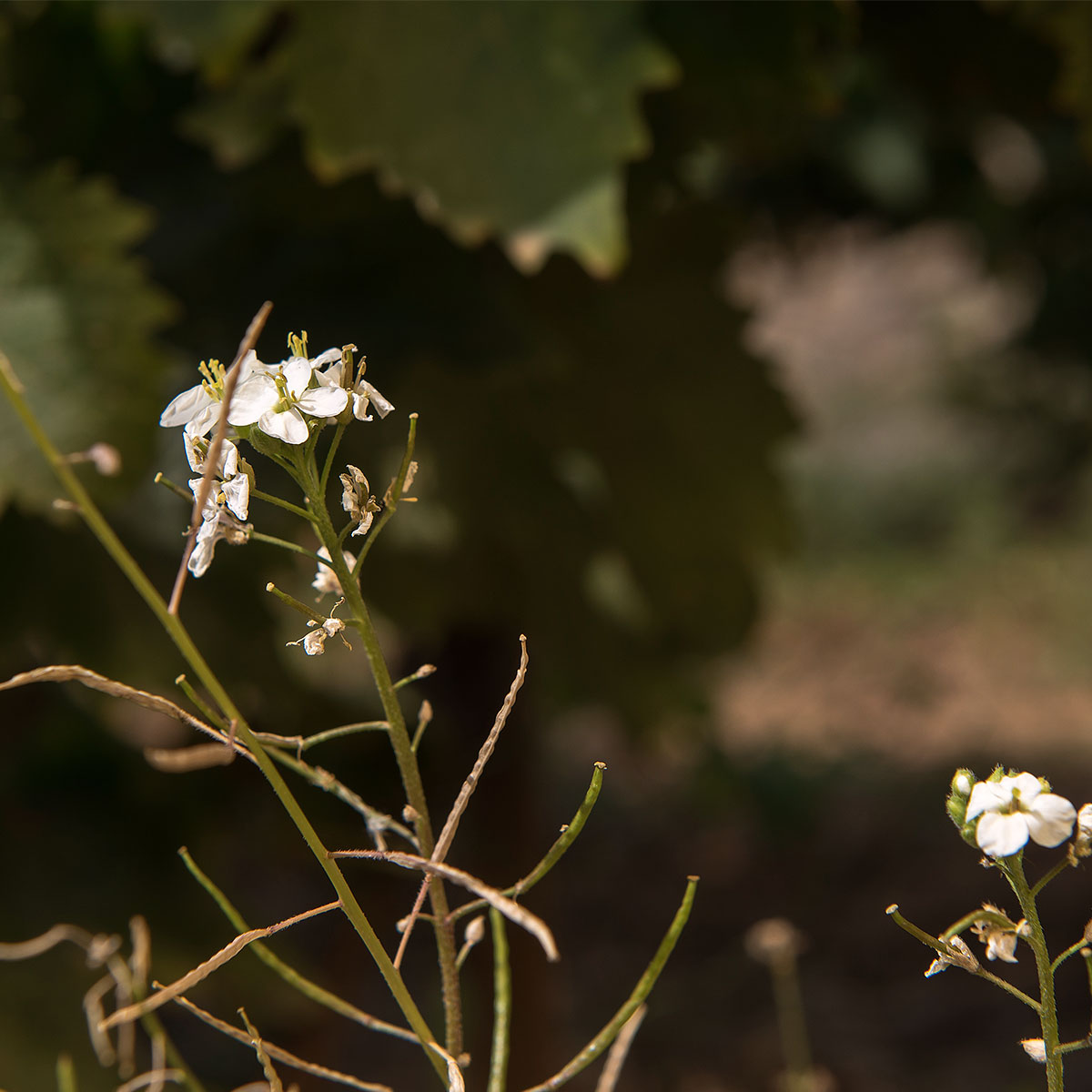
The tending of the vine roots is of the greatest importance as it strengthens the quality of the wine. A healthy vine has roots which grow down more than a metre a year. Growing down they go through various layers of soil and thus add to the characteristics of the grape and the wine.
It is what we call the “minéralité” of the wine. Vintage wines which have a mineral character express the mineral content of their “terroir”.
Without deep vine roots, wines offer a juice that lacks character and complexity.
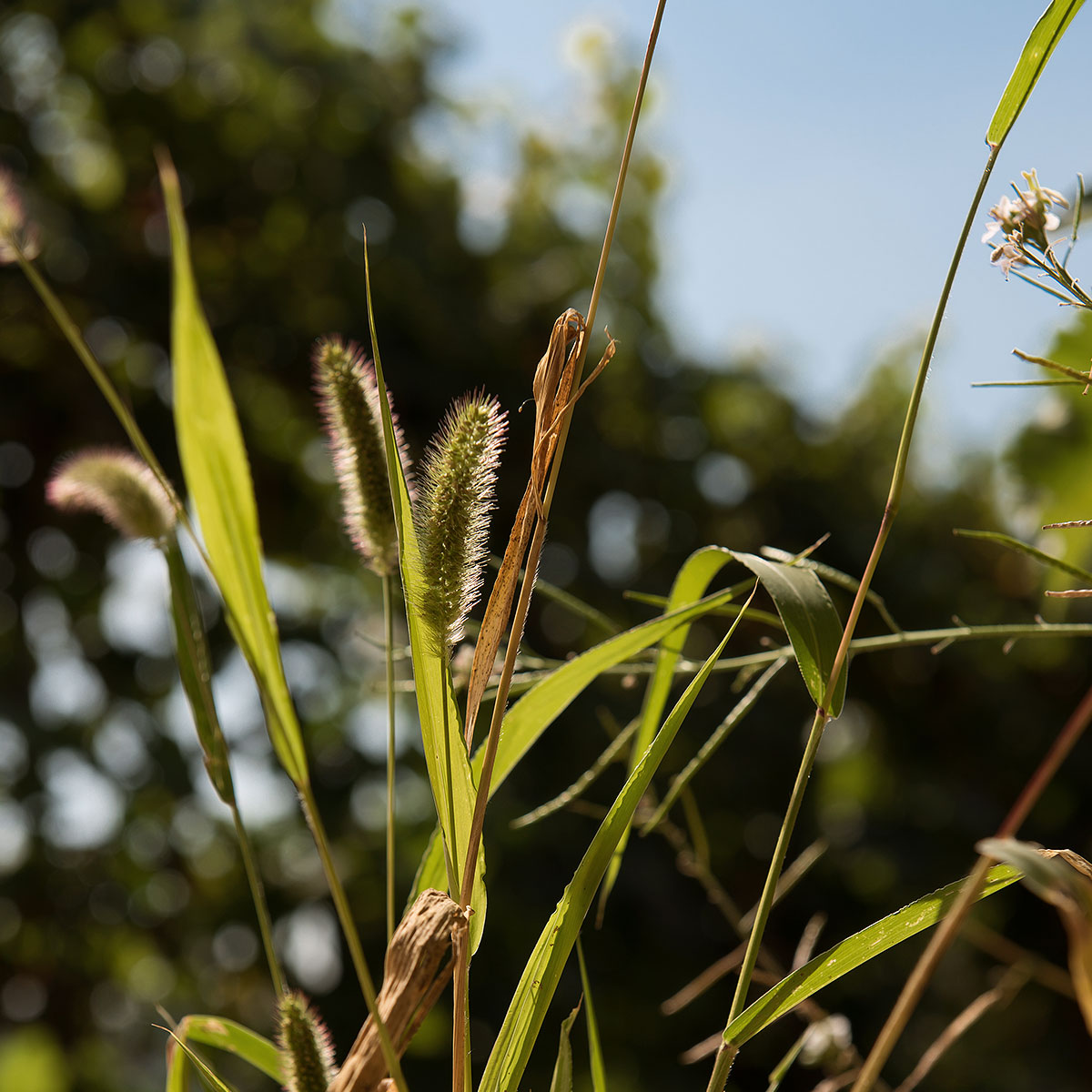
We plant protective cover crops between vine rows so as to balance, feed and aerate the ground. In winter, we plant cereal to break the ground, feed it with humus, and we plant “vesce” to put nitrogen back into the soil. In spring, we plant grasses which stimulate the roots of vines and force them to find their subsistence in depth.
In conclusion, the planting of cover crops:
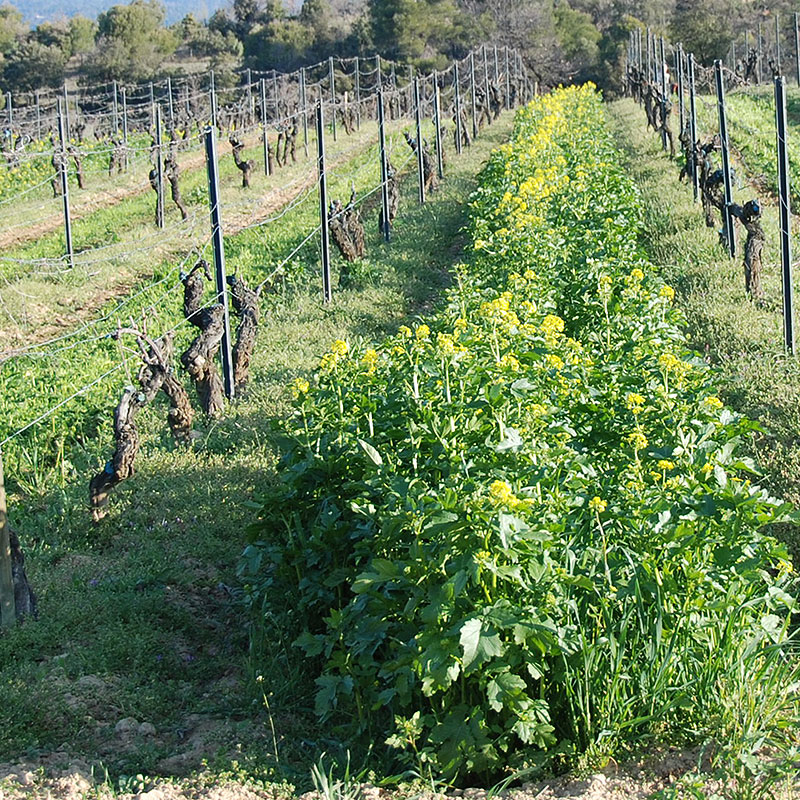
Micro biological analyses made by a specialised laboratory have shown, after a detailed study of the soil in the various plots of land, which selected cereals and grasses should be planted during winter.
Soil samples are taken as deep as 4 to 5 metres.
There are two ways of working the soil:
This aeration of the ground allows the roots to grow down in depth, rather than colonising laterally.
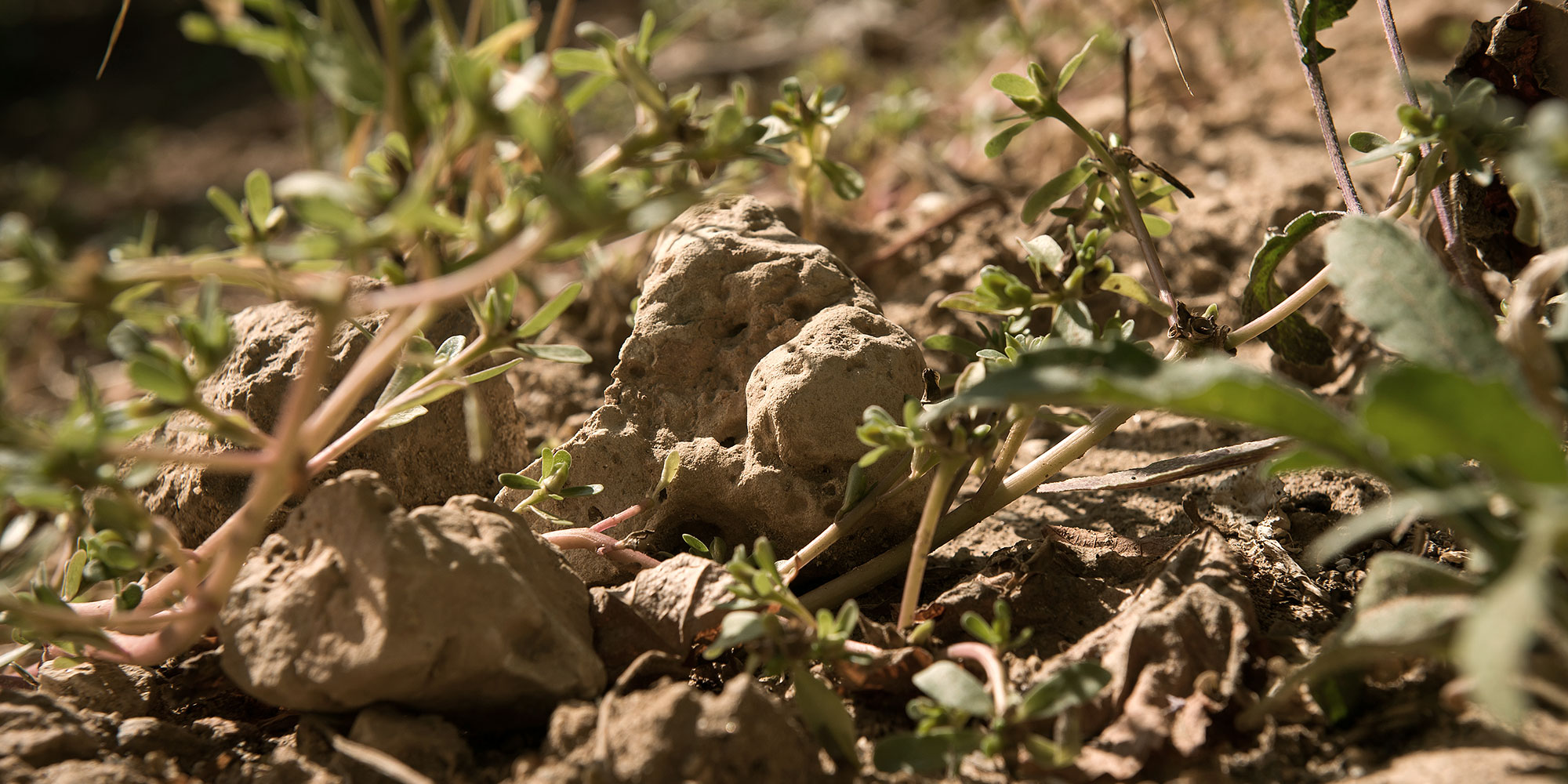
At Domaine des Rabelles, the vineyard is managed so as to provide balance by natural means and remove the need to use systemic chemicals.
The only products that we use are natural and limited to:
The trellising encourages an increase of the canopy (the quantity of leaf) and its exposure to the sun. The vine leaves are instrumental during the photosynthesis process, , using the energy of sunlight, molecules of water and carbon dioxide to produce sugar and oxygen. Due to their differences of concentration, the fluids circulate in the plant and finally reach the grape.
The thicker the canopy, the more the sugar content increases improving the ripening of the grapes. The maturity of the grape depends on the quality of photosynthesis and leaf area. The trellising also helps to keep the vines clear of the ground and to avoid decay.
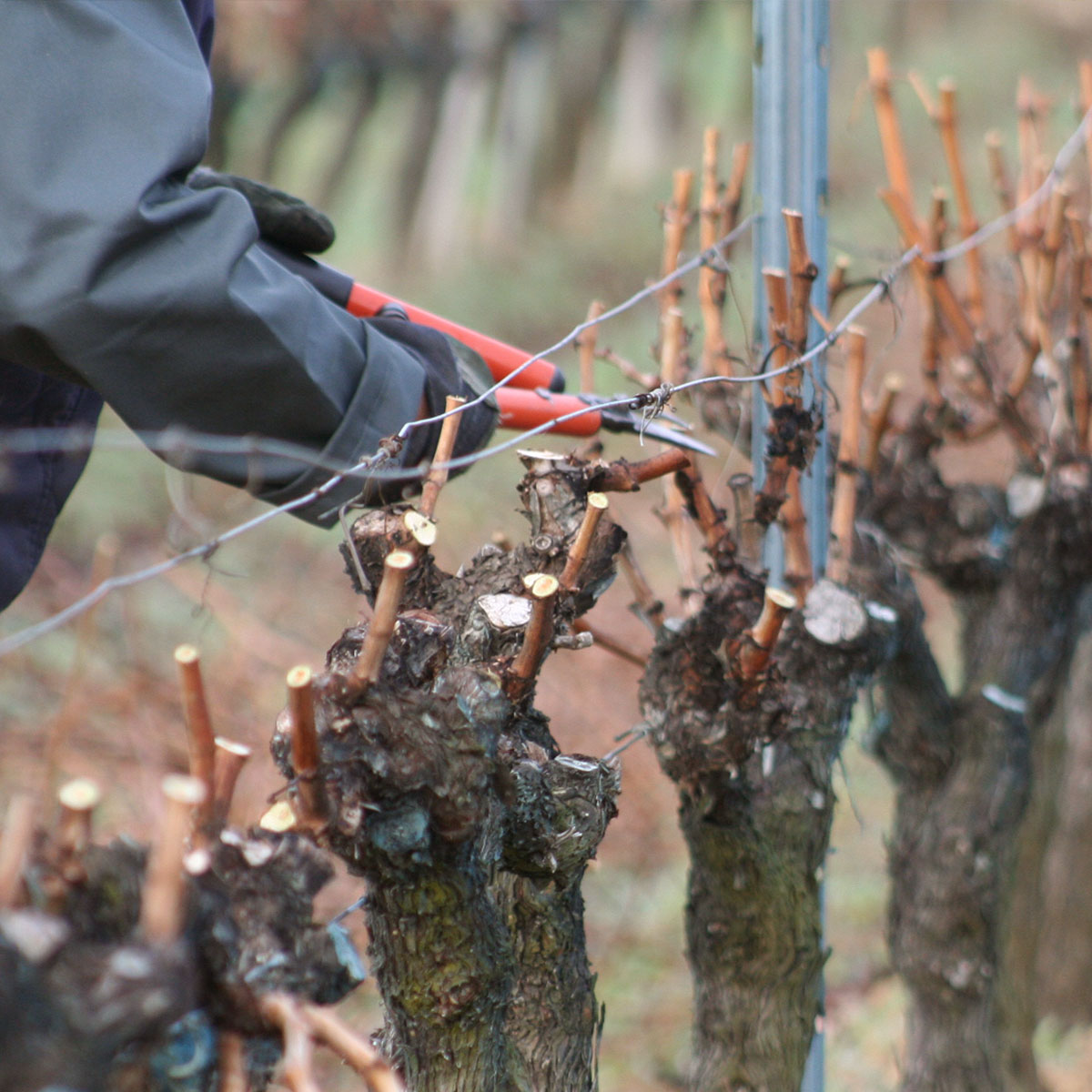
Pruning is the critical work on the vines by the vine grower. Good pruning is fundamental to the productivity of every vine and the quality of the grape. The revival of the vineyard Domaine des Rabelles entailed the redesign and the replanting of vineyards to adapt them to the newly organised qualitative strategy.
The pruning pursues two objectives:
The Aeration of the plants:
Vines are pruned so as to leave one V shape at the centre of the trunk. The V pruning allows aeration of the plant and thus avoids the concentration of fungus or bacteria.
The limitation of production: We limit the yield by pruning short, which is by leaving 4 carriers per foot. Vine shoots are cut back to 1 or 2 buds to obtain 4 to 6 grape clusters maximum per foot. This is the equivalent to a production, if everything goes well, of 22 to 25 hectolitres per hectare.
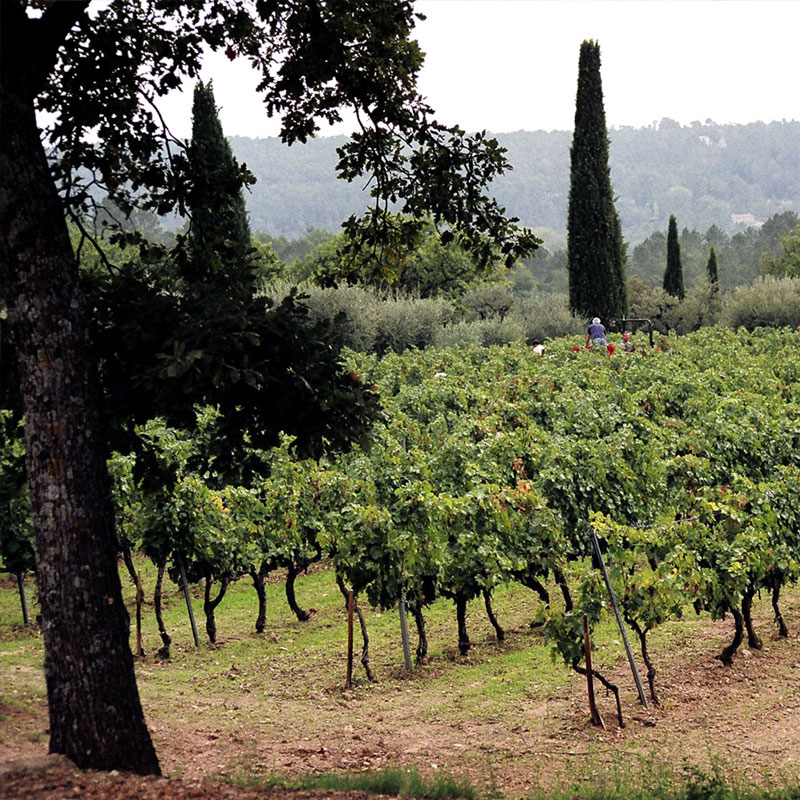
To ensure quality, the green grape harvest must be executed between the grape set and the veraison. It is the moment when the grape closes on its stalk and begins its growth. This technique consists of selecting the best clusters from every foot, to preserve the reduced number. At Domaine des Rabelles, we normally keep only 4 to 6 clusters per foot.
This means all the energy of the vine concentrates on a smaller number of grape clusters. This gives high-quality grapes and concentrates the maturing grape ripening. The “éclaircissage” – or green grape harvest – begins in June and finishes at the end of July. This work is completely performed by hand.
The Thinning-Out Of Leaves occurs during the same period. The vines are plucked of some leaves on the Eastern side (rising sun) to dry the morning dew.
In September, the thinning-out of leaves allows the stronger sun beams at sunset to colour the berries and to reduce their acidity.
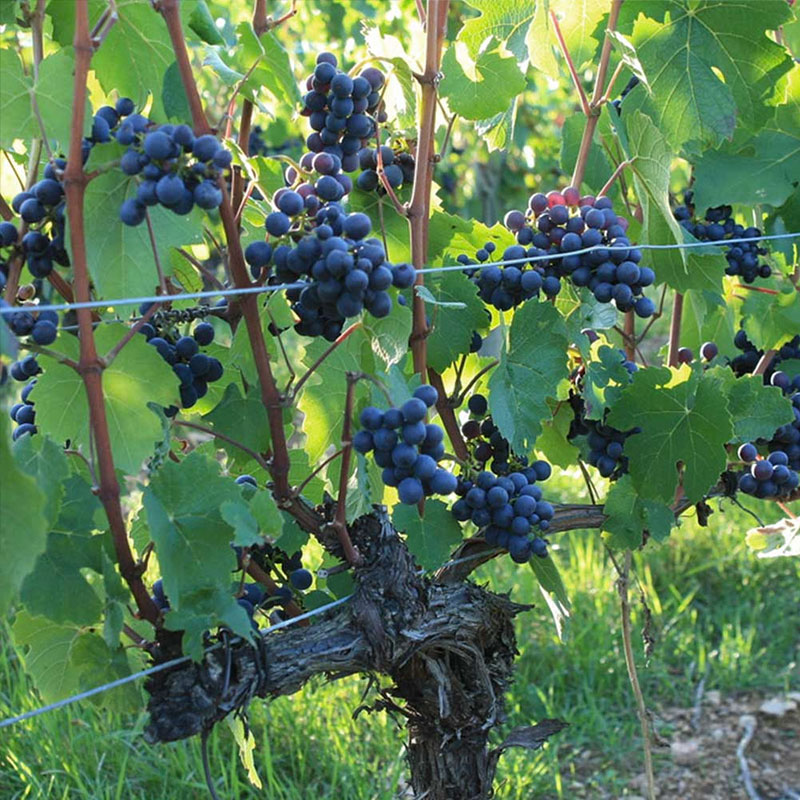
As the domain wishes to harvest grapes at full ripeness, great care is taken in choosing the optimum harvest date whilst closely monitoring the grape progress.
The grape harvests begin only once the grape is considered fully ripe.
We consider the grape ripe when the following balance of compounds is reached:
• The sugar content, which determines the degree of alcohol of the wine,
• The degree of acidity, which livens the wine and enhances the taste,
• The maturity of phenols, brought by the skins which also gives the colour, the taste and the fine tannins of the wine,
• The aromas from the pulp
• The glycerine which gives the wine its roundness.
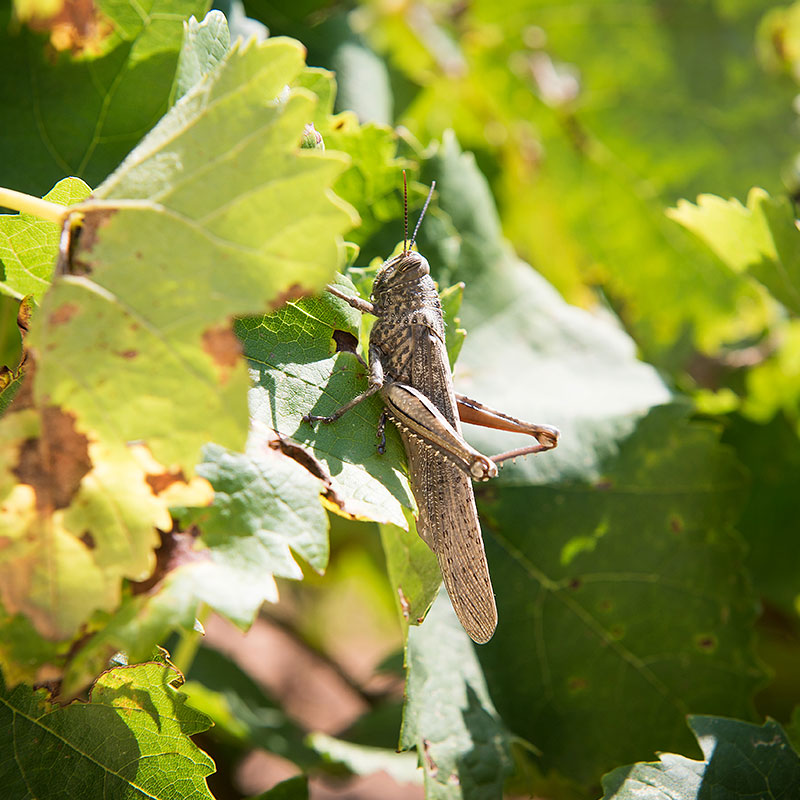
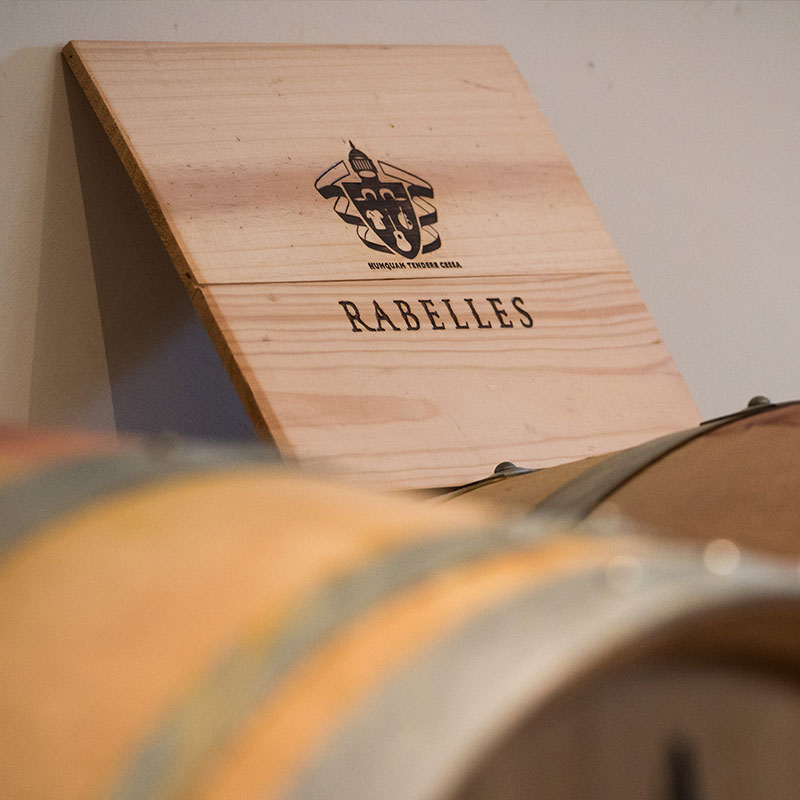
The Primary extraction of fruit is done at a temperature of 5°C during 12 to 72 hours.
Then, by increasing the temperature, the alcoholic fermentation begins.
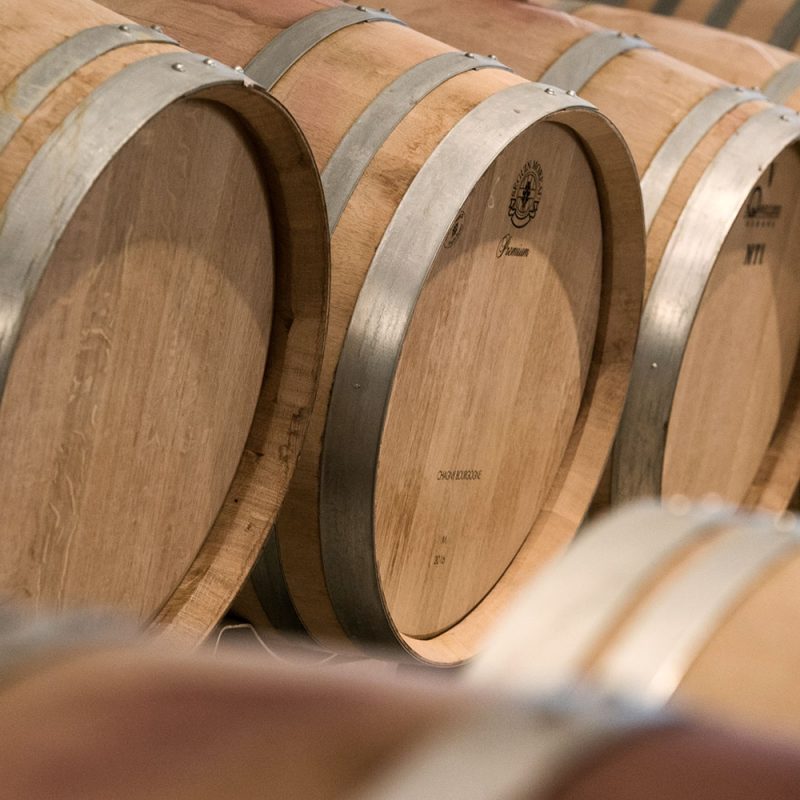
There are different processes in vinification:
Pigeage: A French traditional winemaking term. Once fermentation begins, the grape skins are pushed to the surface by carbon dioxide gases released in the fermentation process. This layer of skins and other solids is known as the cap. As the skins are the source of the tannins, the cap needs to be punched, which traditionally is done by stomping through the vat.
Pumping over (remontage): we pump the juice through the cap
Rack-and-return cycle (délestage): the juice is transferred to a new container. The contact with the oxygen boosts the work of yeasts. After a period of 4 to 8 hours, we reintroduce the juice in the original tank.
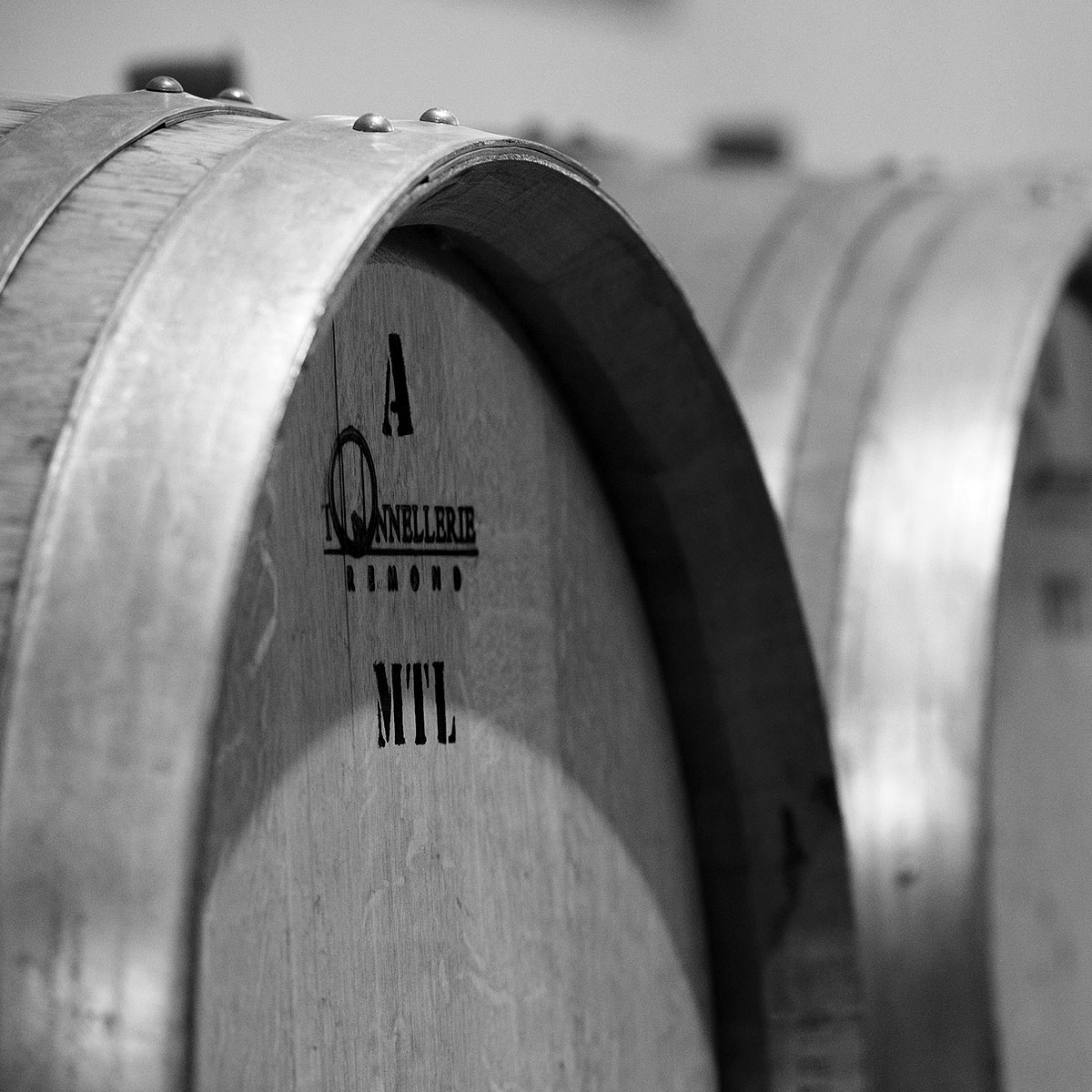
Secondary maceration at the end of the alcoholic fermentation (conversion of sugars into alcohol), the wine remains in contact with the cap for another 6 weeks. It feeds the wine, makes it more ample and rounds off tannins. Then, the secondary fermentation naturally occurs: the malolactic fermentation which converts malic acids into lactic acids and reduces excessive sharpness.
Rosés are bottled within 6 months following the grape harvest whereas reds wait for 1 to 2 the years before being bottled.
The bottling and the labelling are also done at Domaine Des Rabelles. The domain is thus responsible for all the process, from the breeding of grapes to the bottling. The authenticity and the quality are guaranteed at every stage
Red wines are bottled after be aged during 18 months in oaken barrels.
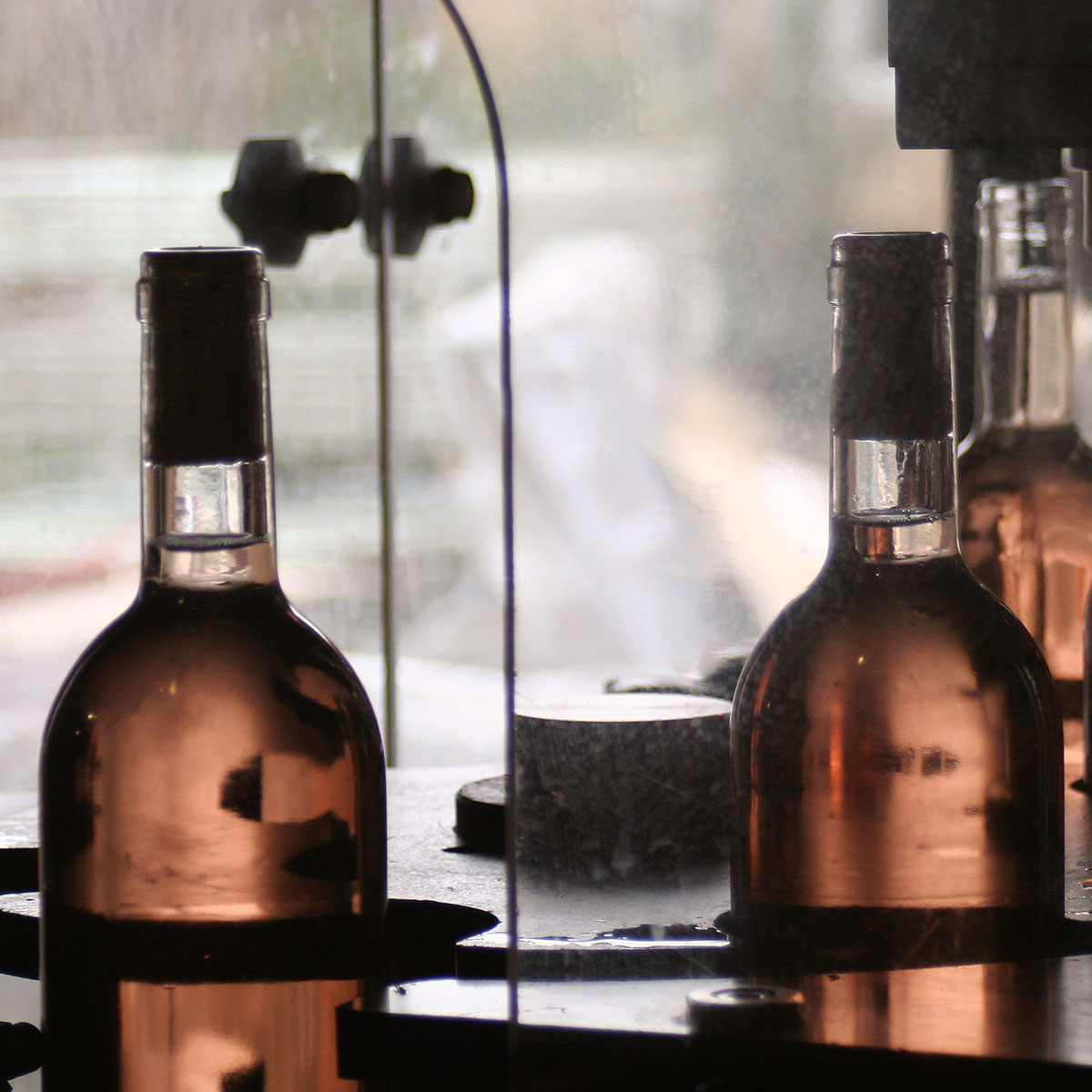
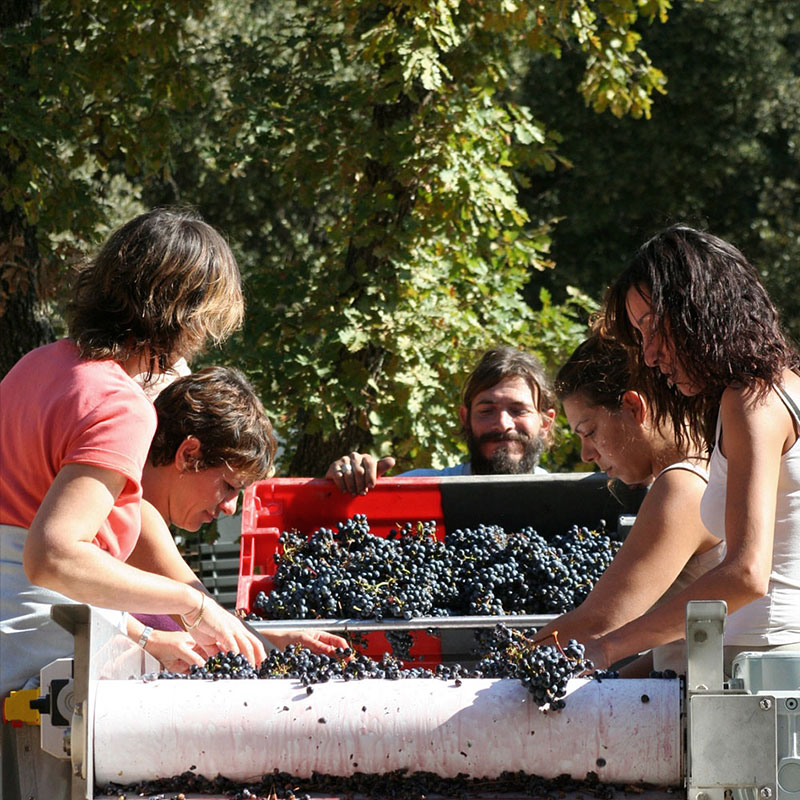
A vineyard is many things, the terroir, the vines, a work methodology, and especially, the people:
The vines & cellar team are in charge of the vines, working the soil, vinification, bottling.
The pruners, helped by the seasonal workers, are responsible for de-budding, thinning-out of leaves, and the green grape harvests.
The cellar man is responsible for the winemaking process up to bottling and manages the stock.
The administration & commercial team manage the sales, administration, and logistics.

The work of a vineyard is tough and schedules are heavy.
During the summer, the day begins at 5:30 AM and ends at 12:30 AM.
The afternoons are dedicated to the maintenance of the domaine.
In winter, the day begins at 7:30 AM in the dark and the cold and ends at 3:30 PM.
We currently ship within the European Union only (excluding Switzerland and the UK). For all other countries, please contact the winery directly by email or phone. Dismiss
